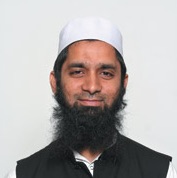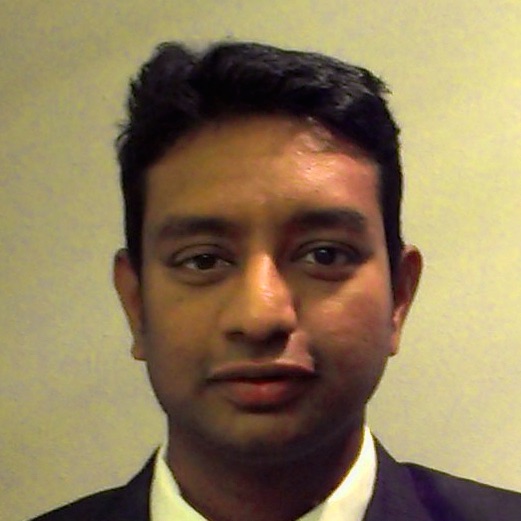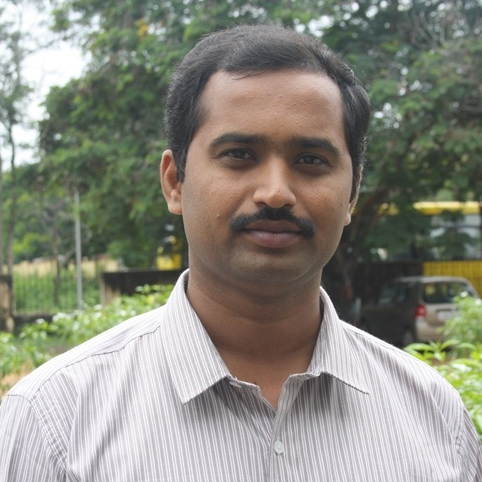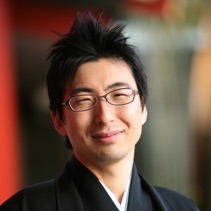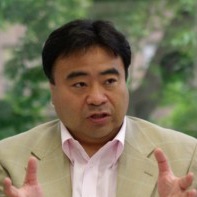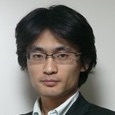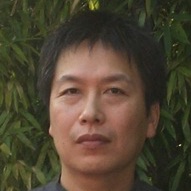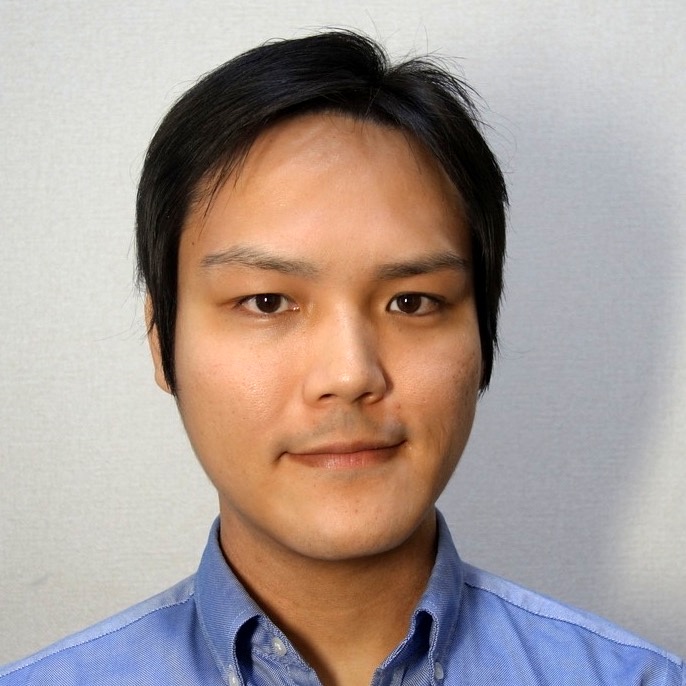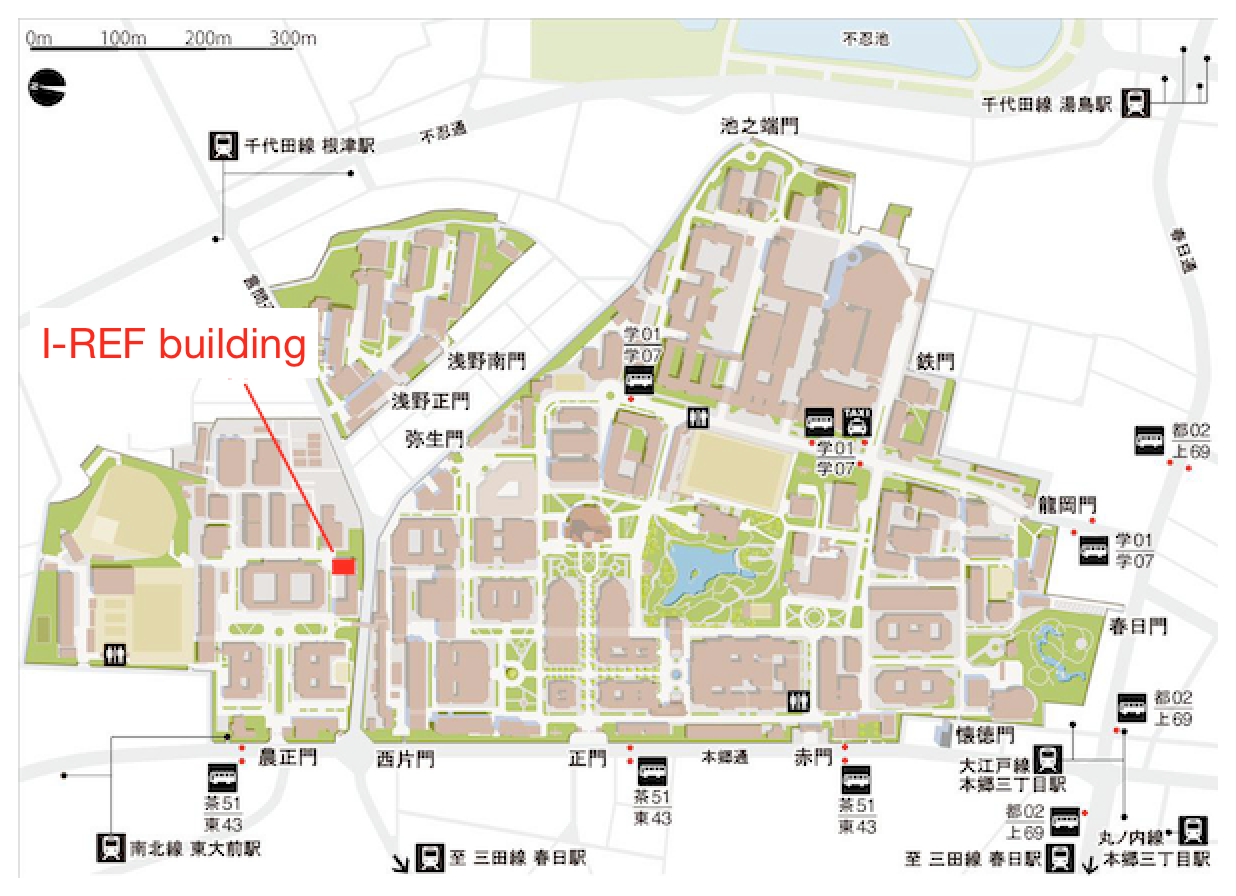
About
Date and Venue
- Date: 23th and 24th Feb 2015
- Address: 6F, I-REF building, Graduate School of Information Science and Technology, The University of Tokyo, 1-1-1, Yayoi, Bunkyo-ku, Tokyo, 113-8656 Japan
Symposium on Smart City & Wireless Networking
The next generation Smart grids are expected to connect millions of devices together. A combination of wired and wireless communications and data analytics will form the back bone of the total system. Total architecture can be divided into sub networks for modular and efficient design. The communication system is divided into Home Area Network (HAN), Neighborhood Area Network (NAN) and Wide Area Network (WAN). HAN typically comprises of low data rate single hop or multi hop IEEE 802.15.4 based ZigBee wireless networks for monitoring and control applications. Smart meter communicates real time measurements like present load, estimate load for next interval. The meter may employ dual radios that communicate with building energy manger using ZigBee radio and local electrical distribution system using 2G/3G systems. NAN is collection of all smart meters, distributed electrical equipment like transformers and substation equipment. Sensor data is obtained from the transformers and substation equipment is collected at 2G/3G gateway of NAN. NAN is a dual radio network that collects data from 2G/3G/4G gateways and send/receive data from Regional Load Dispatch center (RLDC) using high data rate wireless communications like 3G/LTE. In WAN, grids are governed by Region Load Dispatch Centres (RLDC). All RLDCs are connected to central grid system to have a bigger picture of total load demand and generation. Information from RLDC’s are communicated using very high data rate wired optical networks to pour large amounts of data into central grid.
Program
| Time | Title | Presenter |
|---|---|---|
| 9:30 - 12:00 | Meeting for future collaboration on Smart City | |
| 12:00- 13:30 | Lunch | |
| 13:30- 14:00 | Open Smart Campus and Building System - Design and Operation with IEEE1888 | Hiroshi Esaki |
| 14:00 - 14:30 | Smart Grid research at IIT-H | Siva Kumar KEERTHIPATI |
| 14:30 - 15:00 | Green Buildings and Models | P. Rajalakshmi |
| 15:00 15:30 | Break | |
| 15:30- 16:00 | Power Data Management on the Internet Space: case study in the University of Tokyo | Hideya Ochiai |
| 16:00-16:30 | Smart Cities in Indian scenario | Pradeep Kumar Yemula |
| 16:30 - 17:00 | Open interaction with Tea | |
| 17:00 - 17:15 | Closing |
| Time | Title | Presenter |
|---|---|---|
| 9:30 - 12:00 | Meeting for future collaboration on Wireless Networking | |
| 12:00- 13:30 | Lunch | |
| 13:30- 14:00 | Cooperative ITS 2020 and the Experimental Evaluation | Manabu Tsukada |
| 14:00 - 14:30 | Overview of 5G research in IIT-H | Kiran Kuchi |
| 14:30 - 15:00 | Modelling of Smart Grid From a Communications Perspective | Zafar Khan |
| 15:00 15:30 | Break | |
| 15:30- 16:00 | Challenges to network heterogeneously brought by wireless | Katsushi Kobayashi |
| 16:00-16:30 | What can SDN do for IoT? | Kotaro Kataoka |
| 16:30 - 17:00 | Open interaction with Tea | |
| 17:00 - 17:15 | Closing |







